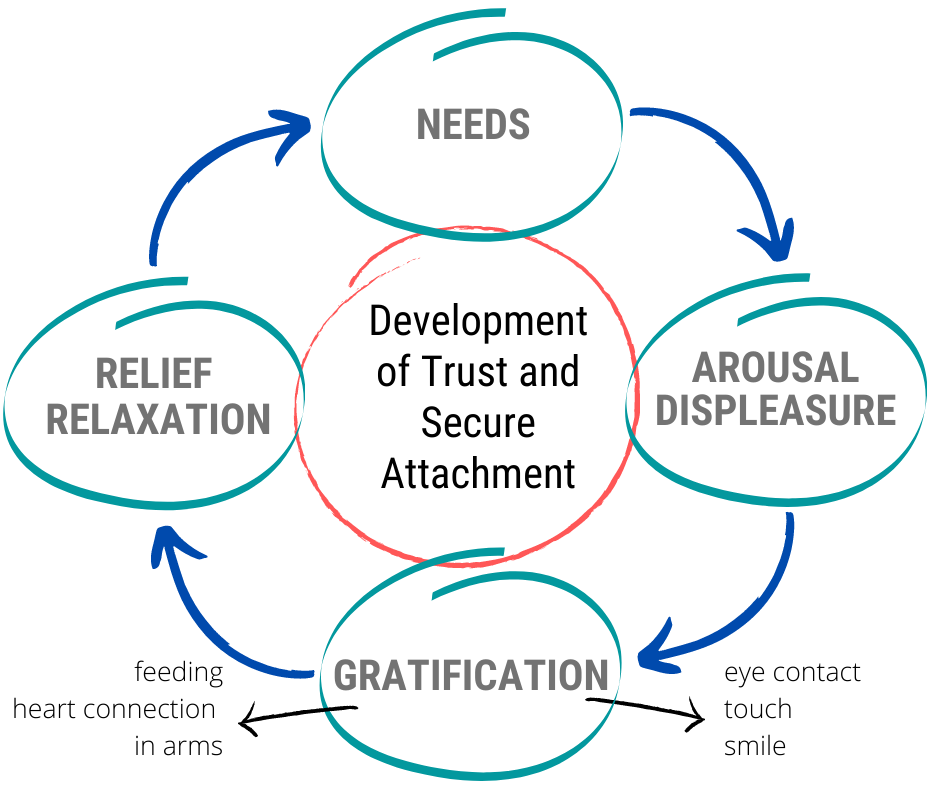How Early Attachments Influence Lifelong Relationships
The Invisible Threads: How Early Attachments Weave the Tapestry of Our Relationships
Ever wondered why you gravitate towards certain people and shy away from others? Why some relationships feel effortless, while others feel like constant uphill battles? The answer, my friends, lies in the intricate tapestry of our early attachments.
From the moment we enter the world, we’re wired for connection. Our brains are primed to seek out and form bonds, and these early relationships – with parents, caregivers, and siblings – shape the very foundation of our emotional and social development.
Think of it like this: our early attachments are the blueprints for our future relationships. They teach us how to love, how to be loved, and how to navigate the complexities of human connection.
:max_bytes(150000):strip_icc()/what-is-attachment-theory-2795337-5c521affc9e77c0001859c1d.png)
But it’s not just about the warm fuzzies. These early experiences, both positive and negative, leave an indelible mark on our brains, influencing everything from our self-esteem to our ability to trust and communicate.
The Science Behind the Bonds: Attachment Theory Explained
The concept of attachment theory, pioneered by the brilliant John Bowlby and Mary Ainsworth, offers a powerful lens through which to understand the impact of early relationships.
In essence, attachment theory suggests that our early experiences with caregivers shape our internal working models – mental representations of ourselves and others – that guide our interactions throughout life.
Think of it like this: Imagine a child who consistently receives love, support, and responsiveness from their caregiver. This child develops a secure attachment style, believing that they are worthy of love and that others are reliable and trustworthy.
Now, imagine another child who experiences inconsistent or neglectful care. This child might develop an anxious-preoccupied attachment style, characterized by a deep need for reassurance and a fear of abandonment. Or, they might develop an avoidant attachment style, pushing away intimacy and emotional closeness.
These attachment styles, formed in our early years, become the foundation upon which we build all our future relationships.

The Unseen Impact: How Early Attachments Shape Our Lives
The influence of early attachments extends far beyond our romantic relationships. It spills over into our friendships, family dynamics, and even our professional lives.
Here’s a glimpse into the fascinating ways our early attachments shape us:
1. Self-Esteem and Identity:
Our early experiences with caregivers directly impact how we view ourselves. A child who feels loved, accepted, and valued develops a sense of self-worth and a positive self-image. Conversely, a child who experiences neglect or rejection may struggle with self-doubt and low self-esteem.
2. Trust and Intimacy:
Secure attachments foster trust and the ability to form healthy, intimate relationships. Children who experience secure attachments learn that they can rely on others for support and that their needs will be met. This lays the foundation for healthy, fulfilling relationships in adulthood.
3. Emotional Regulation:
Early attachments play a crucial role in our ability to manage our emotions. Securely attached children learn to regulate their emotions with the help of their caregivers, developing coping mechanisms and the ability to handle stress. In contrast, children with insecure attachments may struggle with emotional regulation, leading to difficulties in managing anxiety, anger, and other challenging emotions.
4. Communication and Conflict Resolution:
Our early interactions with caregivers shape our communication patterns and conflict resolution skills. Securely attached individuals tend to be more open and honest in their communication, while insecurely attached individuals may avoid conflict or engage in unhealthy communication patterns.
5. Career Success:
Believe it or not, our early attachments can even impact our career choices and success. Individuals with secure attachments tend to be more confident, resilient, and adaptable, qualities that are highly valued in the workplace.
The Power of Understanding: Unraveling the Tapestry of Our Relationships
The beauty of understanding attachment theory lies in its ability to provide a framework for self-reflection and growth. By recognizing the influence of our early attachments, we can begin to understand our patterns in relationships and make conscious choices to create healthier, more fulfilling connections.
Here are some practical steps you can take to explore the impact of your early attachments:
1. Reflect on your childhood:
Take some time to reflect on your early relationships with your parents, caregivers, and siblings. What were your experiences like? Were you consistently loved and supported? Did you feel safe and secure? Or did you experience neglect, inconsistency, or rejection?
2. Identify your attachment style: